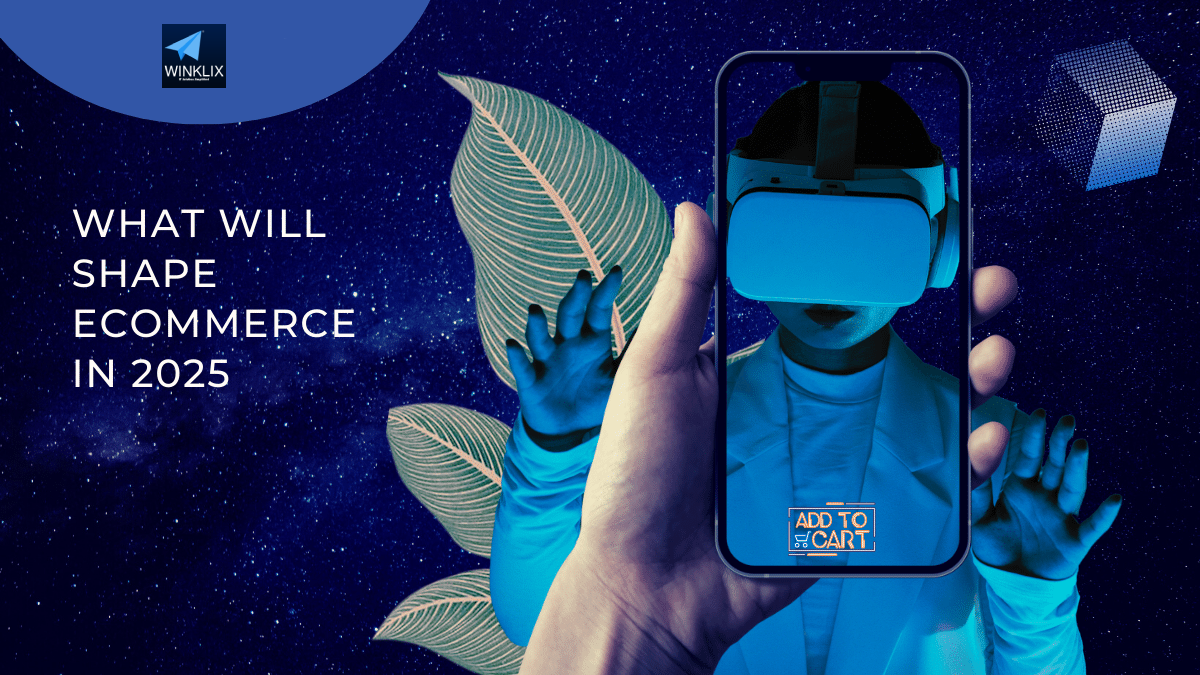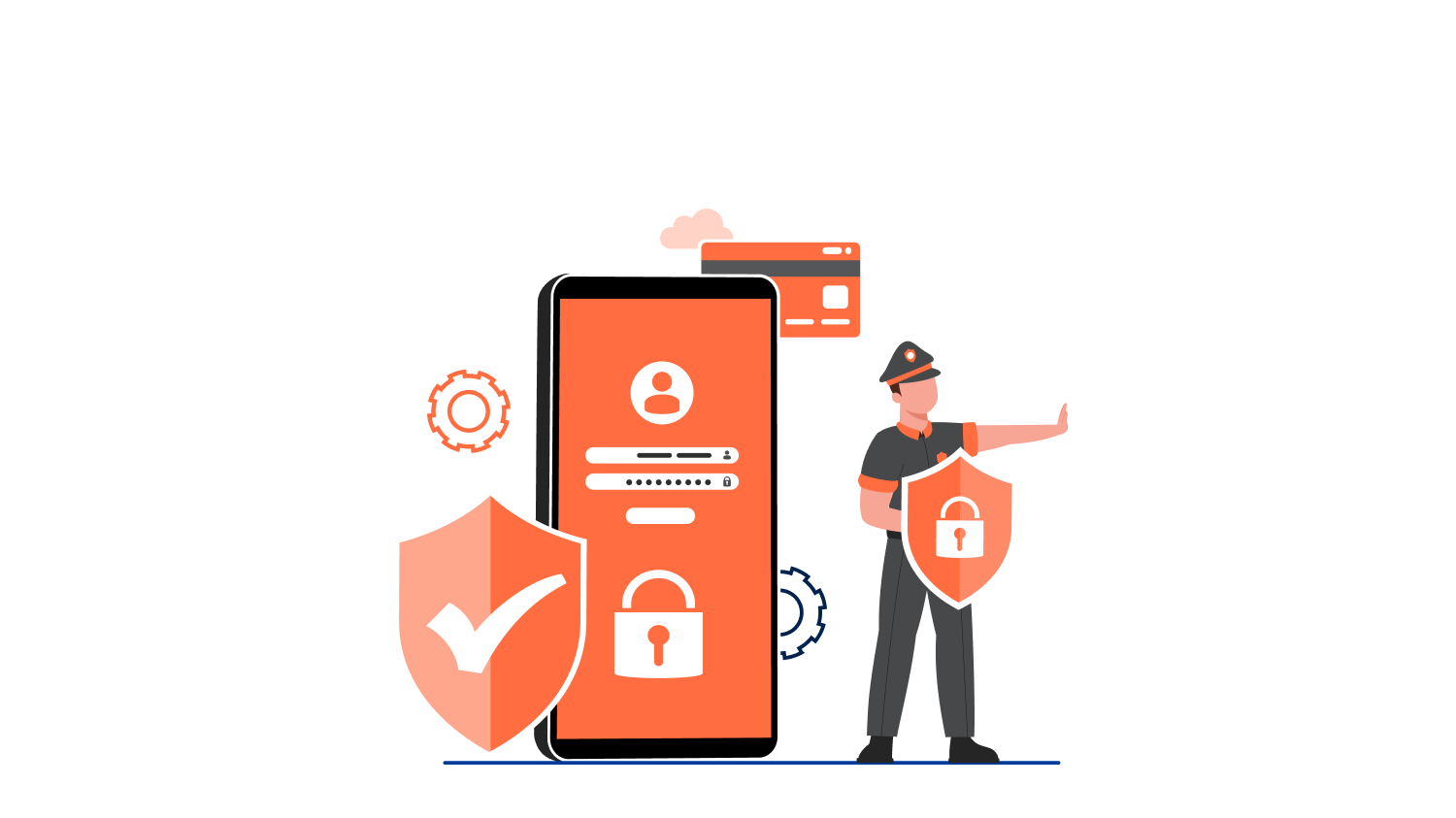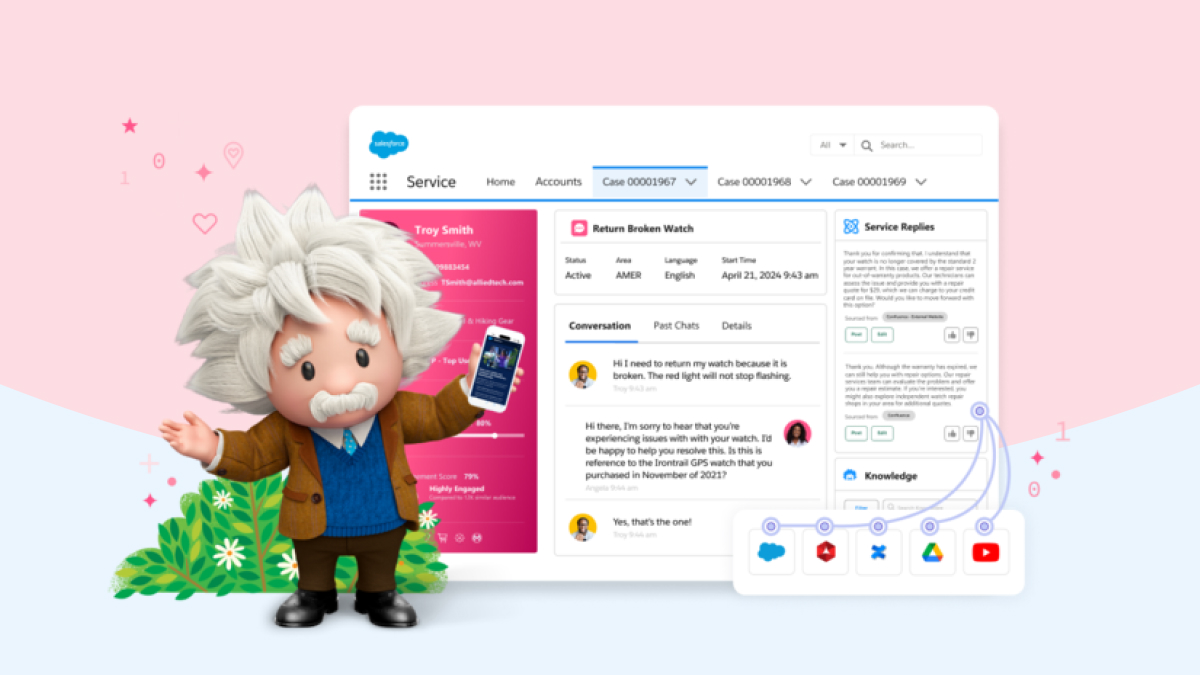As the digital shopping experience continues to evolve, e-commerce apps must adapt to meet the growing demands and expectations of customers. By 2025, the online shopping landscape will likely be more personalized, seamless, and integrated with emerging technologies. Here’s a look at the top 10 features customers will expect in e-commerce apps by 2025, brought to you by leading mobile app development companies in London.
1. AI-Powered Personalization
Artificial Intelligence (AI) will play a critical role in shaping customer experiences. By 2025, customers will expect e-commerce apps to deliver personalized recommendations based on their browsing behavior, purchase history, and even their preferences inferred from AI algorithms. This level of customization helps create a shopping experience that feels tailored to the individual, improving satisfaction and conversion rates. A top-tier app development company in Londoncan integrate AI seamlessly into your app for maximum impact.
2. Augmented Reality (AR) Shopping
Augmented Reality (AR) will revolutionize how customers shop. In 2025, e-commerce apps will integrate AR features to let customers virtually try products, whether it’s clothing, makeup, or furniture. This immersive technology will allow customers to visualize how products will look and feel in their own environment, reducing uncertainty and the need for returns. Partnering with mobile app designers in London can help you develop the perfect AR experience for your e-commerce platform.
3. Voice Shopping
As voice assistants like Alexa, Siri, and Google Assistant become more integrated into everyday life, customers will increasingly expect to be able to shop using voice commands. E-commerce apps will need to incorporate voice-activated shopping, allowing customers to add items to their carts, check out, and track orders with simple verbal commands. Working with an experienced mobile app developer in London will ensure your app is optimized for voice interactions.
4. Seamless Mobile Checkout
The checkout process is one of the most critical aspects of any e-commerce app. In 2025, customers will expect a frictionless, one-click checkout experience. Payment methods will be integrated across multiple platforms, enabling customers to complete purchases quickly and securely. Apps will also incorporate biometric authentication (such as facial recognition or fingerprint scanning) for faster and safer transactions. Collaborating with a reliable app developer in London will ensure your checkout process is both secure and efficient.
5. AI Chatbots for Customer Support
AI-powered chatbots will become more sophisticated, providing real-time customer support with instant responses to queries. By 2025, customers will expect apps to offer 24/7 customer service via intelligent chatbots that can handle everything from order tracking to returns and refunds, enhancing the overall customer experience. A leading mobile app development company in London can help integrate this advanced feature into your e-commerce app.
6. Fast and Flexible Delivery Options
With delivery expectations constantly rising, customers will demand faster and more flexible delivery options. By 2025, e-commerce apps will offer same-day delivery, delivery windows, and even the ability to choose between traditional or autonomous delivery methods (like drones or self-driving vehicles). Real-time tracking and updates will also be crucial features. An expert mobile app developer in London can ensure that your app’s delivery system is both efficient and user-friendly.
7. Sustainability Features
Consumers are becoming increasingly aware of their environmental impact. By 2025, e-commerce apps will need to offer sustainability-related features, such as eco-friendly packaging options, carbon footprint tracking, and the ability to choose environmentally responsible delivery methods. Customers will expect brands to align with their values on sustainability. Partnering with mobile app designers in London can help you create a green app that appeals to environmentally conscious shoppers.
8. Subscription and Loyalty Programs
Customers will continue to appreciate personalized offers and discounts. E-commerce apps will evolve to offer subscription-based services or loyalty programs that reward repeat buyers. These programs will go beyond simple points systems, offering exclusive discounts, early access to products, and personalized deals based on shopping habits. A professional app development company in London can help you design a robust loyalty program that enhances customer retention.
9. Cross-Platform Integration
By 2025, customers will expect seamless experiences across multiple platforms. Whether they are shopping from their smartphone, tablet, desktop, or in-store, e-commerce apps will need to offer synchronized features such as wish lists, cart abandonment recovery, and order history across devices. This cross-platform consistency will ensure that the shopping experience is unified and efficient. A reputable app developer in London can help you achieve this level of integration.
10. Enhanced Security and Privacy Features
As concerns over data privacy and cyber threats increase, customers will demand stronger security features. E-commerce apps will need to implement end-to-end encryption, secure payment gateways, and advanced identity protection mechanisms. Customers will expect transparency about how their data is used and stored, along with the ability to manage their privacy settings with ease. A skilled mobile app development company in London can ensure that your app meets the highest security standards.
Conclusion
In 2025, e-commerce apps will have to provide more than just a place to shop—they will need to offer a comprehensive, intuitive, and highly personalized experience. With emerging technologies like AI, AR, and voice shopping shaping the future of retail, meeting customer expectations will be crucial for businesses that want to stay competitive. By incorporating these 10 features, e-commerce platforms can create a seamless, customer-first experience that fosters loyalty and drives sales. Whether you are working with a mobile app developer in London or a mobile app development company in London, staying ahead of these trends will help you provide the best possible experience for your users.




